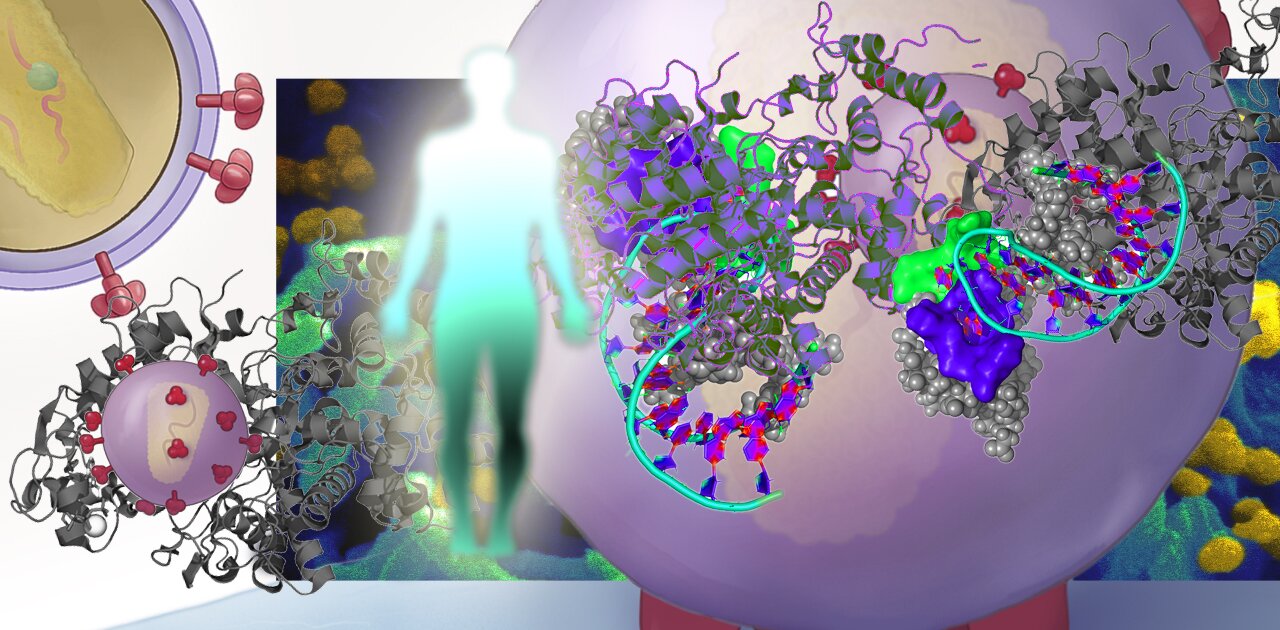New hope
The case was presented in March at the annual Conference on Retroviruses and Opportunistic Infections in Boston. It offers new rationale and hope for the development of new therapeutic standards for HIV-positive born children and, possibly, also for HIV-positive people of all ages.
No cure
Antiretroviral drugs are medications that inhibit the replication of the HIV virus inside the human cell, keeping the viral count to within non-pathological levels. They offer HIV-positive people a normal life and good chances of not developing AIDS. Despite the quality of life improvement achieved by the HIV therapies, antiretroviral drugs are just a way to control the infection, not to cure it. Therefore, the actual treatment of HIV-positive people consists of life-long therapy.
Well-known AZT
Antiretroviral drugs, such as the well-known AZT, were originally developed for treating cancers whose cells replicate and spread in the body at an extremely high pace. The drug was successful but was quickly set aside due to handling difficulties and the heavy side effects. The drug was then brought into use again following the pandemic outbreak of AIDS in the 1980s.
Cocktail of medications
Today, HIV therapies have evolved into a cocktail of various medications generally known as HAART, which mixes inhibitors that act on different stages of the virus replication inside the cell. However, HAART therapies are often hard to follow and numerous cases of drug resistance have undermined trust in controlling the infection within an average lifespan.
Innovative perspective
In this complex social and scientific scenario the need for a paradigm shift appears to be increasingly urgent. THINPAD is a recently funded research project offering an innovative perspective to HIV therapies.
Different approach
“Together with four European partners we decided to step off the beaten tracks and imagine a whole different approach”, says Prof. Maurizio Botta, coordinator of THINPAD and professor of the Department of Pharmaceutical and Applied Chemistry at the University of Siena, Italy. “We selected a protein that is highly conserved despite HIV mutations and, at the same time, enters the virus replication cycle several times and with different functions.”
Special protein
The protein studied by the THINPAD group is called nucleocapsid protein (NC) and has so far never been considered for treating HIV. “Antiviral drugs work by jamming the virus replication process,” continues Prof. Botta. “Our aim is to develop a therapy that repeatedly gums up the HIV life cycle at several stages of the infection. The NC - a very special protein - is quite unique and, if tamed, will offer us the chance to develop an antiviral drug different from any other previous antiretroviral classes.”
Group of illnesses
THINPAD originates from the successful FP6 TRIoH project and presents a multidisciplinary, ready for clinical trial approach to developing new anti-HIV drugs that would not be affected by viral mutation or, in other words, by drug resistance. “HIV probably belongs to the group of illnesses that will not have a unique therapy or a unique cure. We hope that our drug will bring hope where other treatments have failed”, concludes Prof. Botta.



Add new comment